Methodological Strategy for the Development of Speaking Skills in the English Language
Resumen
The present research study examines the crucial role of methodological strategies in English language teaching to develop speaking skills. It focuses on a sample of students from the elementary basic level of two public educational institutions and Uleam University in the city of Chone. A descriptive approach was employed, centering on scientific tasks and utilizing convenience sampling method. Data collection was conducted through five interviews with elementary basic level teachers, three interviews with university English teachers, and observation of five English class sessions. The results highlight the importance of applying strategies to motivate students to speak during the English teaching-learning process, emphasizing the need to balance both in order to maximize the use of available techniques, methodologies, and resources. The study particularly emphasizes the importance of the communicative approach, underscoring how this method influences the development of students' communicative competence. Additionally, internal factors such as self-will, enthusiasm, enjoyment, satisfaction, and autonomy, as well as external factors such as rewards and recognition, were identified as having an impact on students' learning. These findings underscore the importance of considering both methodological and motivational elements when creating effective strategies to improve oral expression in English. This study contributes to the field of research and education by providing important insights into the significance of planning and balancing methodological and motivational strategies in the development of English language proficiency.
Descargas
Citas
https://doi.org/10.5539/elt.v11n10p132
Ashraf, Moh’d, Saleh, Al., Isood., Kamariah, Yunus. (2021). The Influence of Motivation, Self-Confidence and Anxiety on the Speaking English Performance of Omani Learners. 1(5):1-10. doi: 10.22161/ijeel.1.5.1
Associations with motivation and grades. Journal of Computer Assisted Learning, 36(2), 199–208. doi: 10.1111/jcal.12398
Au-Yong-Oliveira, M., Gonçalves, R., Martins, J., & Branco, F. (2018). The social impact of technology on millennials and consequences for higher education and leadership. Telematics and Informatics, 954-963
Ayushi, Desai., Yash, Gandhi., Jaynil, Gaglani., Nikahat, Mulla. (2021). Virtual Assistant for Enhancing English Speaking Skills. doi: 10.1109/ICIRCA51532.2021.9544877
Baydikova, N. L., & Davidenko, Y. S. (2019). Teaching communicative grammar to technical University EFL learners. Paper presented at the IOP Conference Series: Earth and Environmental Science.
Belasco, S. (1967). The Teaching of Listening. En Language and the Teacher: A Series in Applied Linguistics (Vol. 3, pp. 29-39). New York: Modern Language Association of America.
Brown A. (2014) Pronunciation and phonetics: A practical guide for English language teachers. SageJurnals. Volumen 1, pag 31 https://doi.org/10.1177/0265659014562509
Burke, A. (2004). Teacher as Facilitator: How Cooperative Learning Can Be Used To Actively Engage Students in the Learning Process. Journal of Instructional Psychology, 31(2), 194-199.
Cárdenas, M. L. (2020). Razones de profesores de inglés para publicar en una revista y las lógicas del razona-miento socio-científico. Revista Colombiana de Edu-cación, (78).
https://revistas.pedagogica.edu.co/index.php/RCE/article/view/7357https://doi.org/10.17227/rce.num78-7357
Celce-Murcia, M. (Ed.). (2001). Teaching English as a Second or Foreign Language (3rd ed.). Boston: Heinle & Heinle.
Chun-Yang, Liu. (2018). How to Develop Vocabulary Ability in English Learning. DEStech Transactions on Social Science, Education and Human Science,
doi: 10.12783/DTSSEHS/AMSE2018/24809
Daniels, L. M., & Bulut, O. (2019). Students’ perceived usefulness of computerized percentage-only vs. descriptive score reports:
Edward, Y., Odisho. (2017). The weight of phonological vs. phonetic accent in teaching pronunciation: Implications and applications. Linguarum Arena: Revista do Programa Doutoral em Didáctica de Línguas da Universidade do Porto, 7:31-48. doi: 10.21747/16478770.7.1766
Elliott, Hoey., Elliott, Hoey. (2020). Self-authorizing action: On let me X in English social interaction. Language in Society, 1-24. doi: 10.1017/S0047404520000779 in Teaching Speaking for Cadets. English Education Journal (EEJ), 10(1), 80-94 in Teaching Speaking for Cadets. English Education Journal
Ishag, Adam, Hassan, Ahmed. (2018). Problems in English Communicating Skills for Learners of English. 9(07):20484-20491. doi: 10.15520/IJCRR/2018/9/07/548
Karina, Baranyi-Dupák. (2021). Pronunciation and accent-related beliefs, views, and experiences of future teachers in Hungary. EduLingua, 8(1):17-38. doi: 10.14232/edulingua.2022.1.2
Kasmaini, Kasmaini, Sudarwan Danim, Muhammad Kristiawan, Zahrida Zahrida, Sufiyandi Sufiyandi, Dwi Maharrani. (2023). Improving English students’ speaking skills through an action learning strategy. English Review: Journal of English Education, 11(1), 143-152.
https://doi.org/10.25134/erjee.v11i1.7232
Kate, Beeching. (2016). Pragmatic Markers in British English: Meaning in Social Interaction. doi: 10.1017/CBO9781139507110
Keiko, Hanzawa. (2021). Development of second language speech fluency in foreign language classrooms: A longitudinal study:. Language Teaching Research, 136216882110086-. doi: 10.1177/13621688211008693
Krahnke, K. J. (1983). [Review of Principles and Practice in Second Language Acquisition, by S. D. Krashen]. TESOL Quarterly, 17(2), 300–305. https://doi.org/10.2307/3586656
Lai, Y., Saab, N., & Admiraal, W. (2022). University students’ use of mobile technology in selfdirected language learning: Using the integrative model of behavior prediction. Computers & Education, 179, 104413. https://doi.org/10.1016/j.compedu.2021.104413
Lamí Rodríguez del Rey, L. E., Rodríguez del Rey Rodríguez, M. E., & Pérez Fleites, M. G. (2016). Las comunidades virtuales de aprendizaje: sus orígenes. Universidad y Sociedad, 8 (4). pp. 93-101. [ Links ]
Larsen-Freeman, D. (2000). Techniques and Principles in Language Teaching. Oxford: University Press
M. Çardak. (2013, July). Psychological well-being and internet addiction among university students. ResearchGate; unknown.
https://www.researchgate.net/publication/286279429_Psychological_well-being_and_internet_addiction_among_university_students
Morales, A., Palomeque, P., Paredes, V., & Mangelinckx, J. (2018). English in Public Schools Located in Metropolitan Lima, Peru: An Analysis of Eleventh-Grade Sudents’ Level and Perceptions. English Language Teaching, Vol. 11, No. 5, January 2018. Doi 10.5539/elt.v11n5p55 recuperate de https://files.eric.ed.gov/fulltext/EJ1176211.pdf (26/09/2018)
Muqorrobin, M., Bindarti, W. E., & Sundari, S. (2022). Factors contributing to learners’ lack of self-confidence in speaking English. Nombre de la Revista, 9*(1), 27-27.
https://doi.org/10.19184/eej.v9i1.30718
Neumaier, T. (2019). Pragmatic Markers in English: Grammaticalization and Discourse Functions. De Gruyter Mouton.
Nga, H., T., Nguyen, Nhi, V.B., Dang. (2022). Common Mistakes in English Speaking Affected by Vietnamese of Master of Business Administration at Tay Do University, in Vietnam. International journal of social science and human research, 05(05) doi: 10.47191/ijsshr/v5-i5-31
Piantaggini L. Grammar-Translation: What Is It—Really—For Students? Journal of Classics Teaching. 2020;21(42):92-94. doi:10.1017/S2058631020000513
Plough, I. (2018). Revisiting the speaking construct: The question of instructional competence. Language Testing, 35(3), 325-329. DOI: 10.1177/0265532218772322
Ralph, L., Rose. (2020). Fluidity: Real-time feedback on acoustic measures of second language speech fluency. Speech prosody, 774-778. doi: 10.21437/SPEECHPROSODY.2020-158
Richards, J. C. (1995). The Language Teaching Matrix. Cambridge University Press.
Richards, J. C. (2001). Curriculum Development in Language Teaching. Cambridge: Cambridge University Press. https://doi.org/10.1017/CBO9780511667220
Richards, J. C. (2006). Communicative Language Teaching Today. ISBN-13 978-0-521-92512-9
Romero, M. y Heredia, H. (20 19). Técnicas para la evaluación de la lectura y las TIC: tres cuestionarios para su diagnóstico. Campo Abierto. Revista De Educación,
Rosita, E., & Halimi, S. S. (2023). The Use of Flipgrid in Improving Secondary School Teachers’ Motivation and Confidence in Speaking English. JEELLS (Journal of English Education and Linguistics Studies), 10(1), 27-55. https://doi.org/10.30762/jeels.v10i1.842
Ruiling, Feng., Qian, Guo. (2022). Second Language Speech Fluency: What Is in the Picture and What Is Missing. Frontiers in Psychology, 13 doi: 10.3389/fpsyg.2022.859213
Saydakhmatova, I.H. (2020). Use of Technology in English Language Learning. Journal NX: Multidiciplinary Peer Reviewed Journal, issue 77, 209-211.
Setareh, Safavi. (2020). Accent Conversion in Computer-Assisted Pronunciation Training (CAPT). 127-160. doi: 10.4018/978-1-7998-6609-1.CH006
Seyyedeh, Mitra, Niroomand., Fatemeh, Behjat., Mohammad, Rostampour. (2014). Book Review) Common Mistakes in English. Journal of Academic and Applied Studies, 4(4)
The Ministry of Education of the People’s Republic of China. (2022). National Curriculum Standard for Compulsory Education. Beijing: People’s Education Press.
Theresa, Neumaier. (2019). Patterns of Conversational Interaction in Varieties of English.
Tom, Morton., John, Gray. (2018). Social Interaction and English Language Teacher Identity.
UNSW Sydney. 2018. Giving assessment feedback. www.teaching.unsw.edu.au (Accessed 22 July 2018).
Valentina, Victorovna, Guzikova. (2022). English idiomatic expressions as a means of creating a specific imagery of a newspaper text. Chronos journal, 7(1(63)):26-30. doi: 10.52013/2658-7556-63-1-10
Winstone, N. (2019). Facilitating students’ use of feedback: Capturing and tracking impact using digital tools. In Henderson, M., Ajjawi, R., Boud, D., & Molloy, E. (Eds). The Impact of Feedback in Higher Education (pp. 225-242). Palgrave Macmillan.
Yanxin Wang (2022). Peer Corrective Feedback: A Review of Its Unique Contributions to Enhancing Second Language Development. International Journal of New Developments in Education, 5(8) doi: 10.25236/ijnde.2023.050809
Yulia, Galuh, Tantri., Farid, Noor, Romadlon., Agung, Dwi, Nurcahyo. (2023). The Problems Encountered by Non-English Department Students in Speaking English. International Journal of Research in Education, 3(1):1-11. doi: 10.26877/ijre.v3i1.12628
Yunie, Amalia, Rakhmyta., Rusmiati. (2020). Efl learners’ production of idiomatic expressions in speaking. Journal of Animal Science, 4(2):379-390. doi: 10.37249/AS-SALAM.V4I2.186
Derechos de autor 2024 Melany Shuley Mendoza Rodríguez, Dénises María Molina Vera, Víctor Efren Alcívar Calderón

Esta obra está bajo licencia internacional Creative Commons Reconocimiento 4.0.

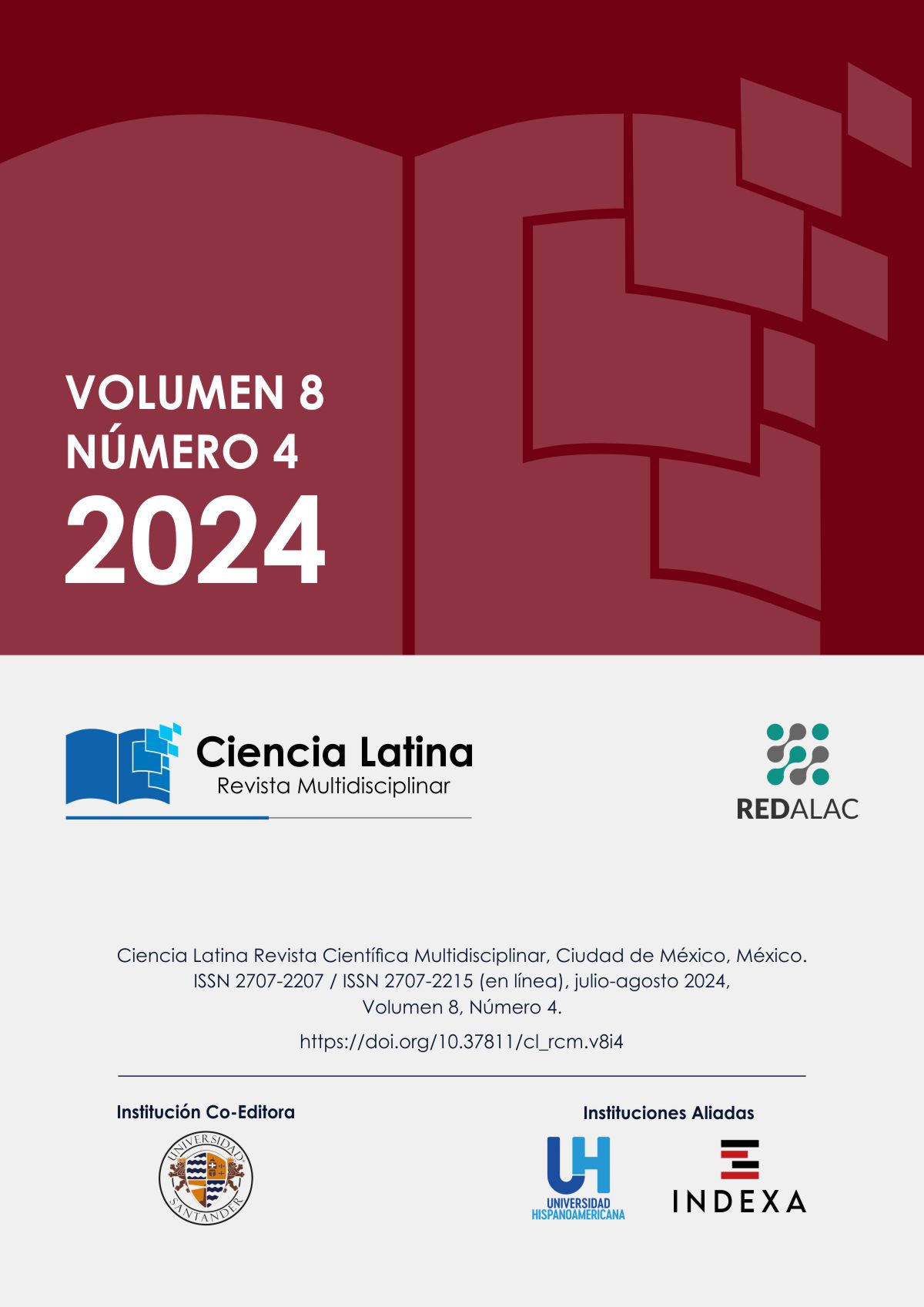








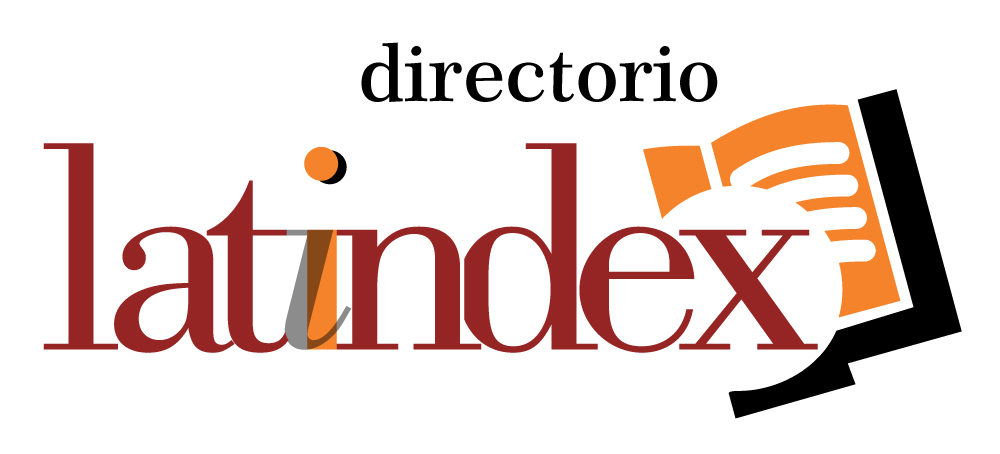
.png)
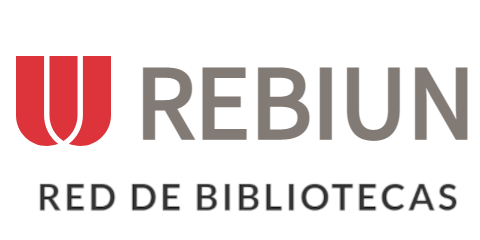







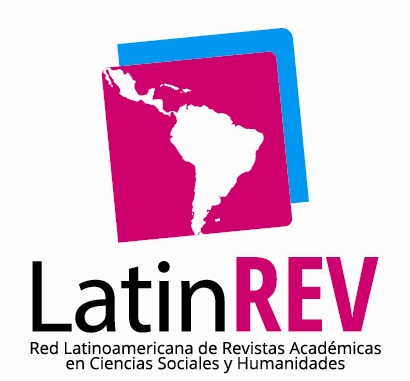

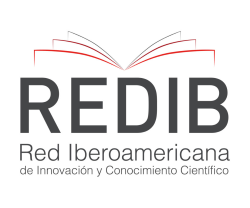









.png)
1.png)


